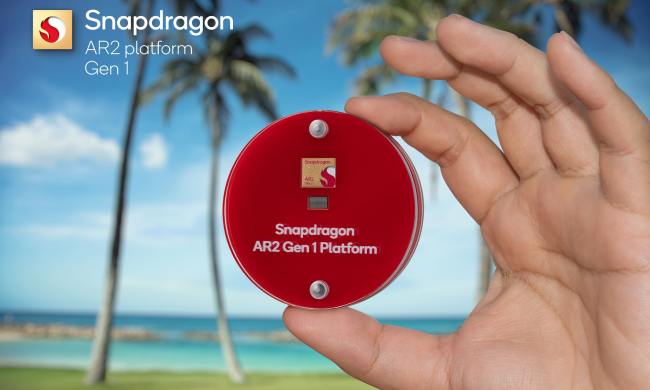The idea is to give attendants much more information to hand. They could have various times and figures immediately in front of them or only a gesture away, gain quick access to customer information, and possibly even use facial recognition to detect when someone may be becoming agitated.
Air New Zealand is the first to trial a new system in conjunction with Dimension Data and Microsoft’s Hololens headset. The scheme, which is currently in beta, utilizes the headset to offer personalized information on passengers, letting staff immediately know their preferences and flight plans, so they can better serve the customers during a flight.
The tech could support airline personnel as they assist passengers with future travel plans, make sure food orders factor in allergies or personal preferences, or give personnel a quick response to questions about flight times. Perhaps more importantly, the tech could provide a quick way to receive hidden suggestions from other flight or ground crews about how to deal with emerging situations.
Another benefit would be taking customer requests and noting them down through gestures, which could go some way to helping make Air New Zealand’s in-flight operations become paperless (thanks TravelWeekly, via MSPowerUser).
As it stands there’s been no suggestion of if or when the technology will be rolled out to the rest of Air New Zealand’s flights, but presumably, it will be based on the success of the trial. It may also depend on the development of the headset technology itself. While Microsoft’s Hololens has shown itself to be a capable piece of equipment, it’s also rather expensive and has some real limitations.
It could be that alternative options, like Lenovo’s rumored device, could end up being a preferred choice for airlines like Air New Zealand.



